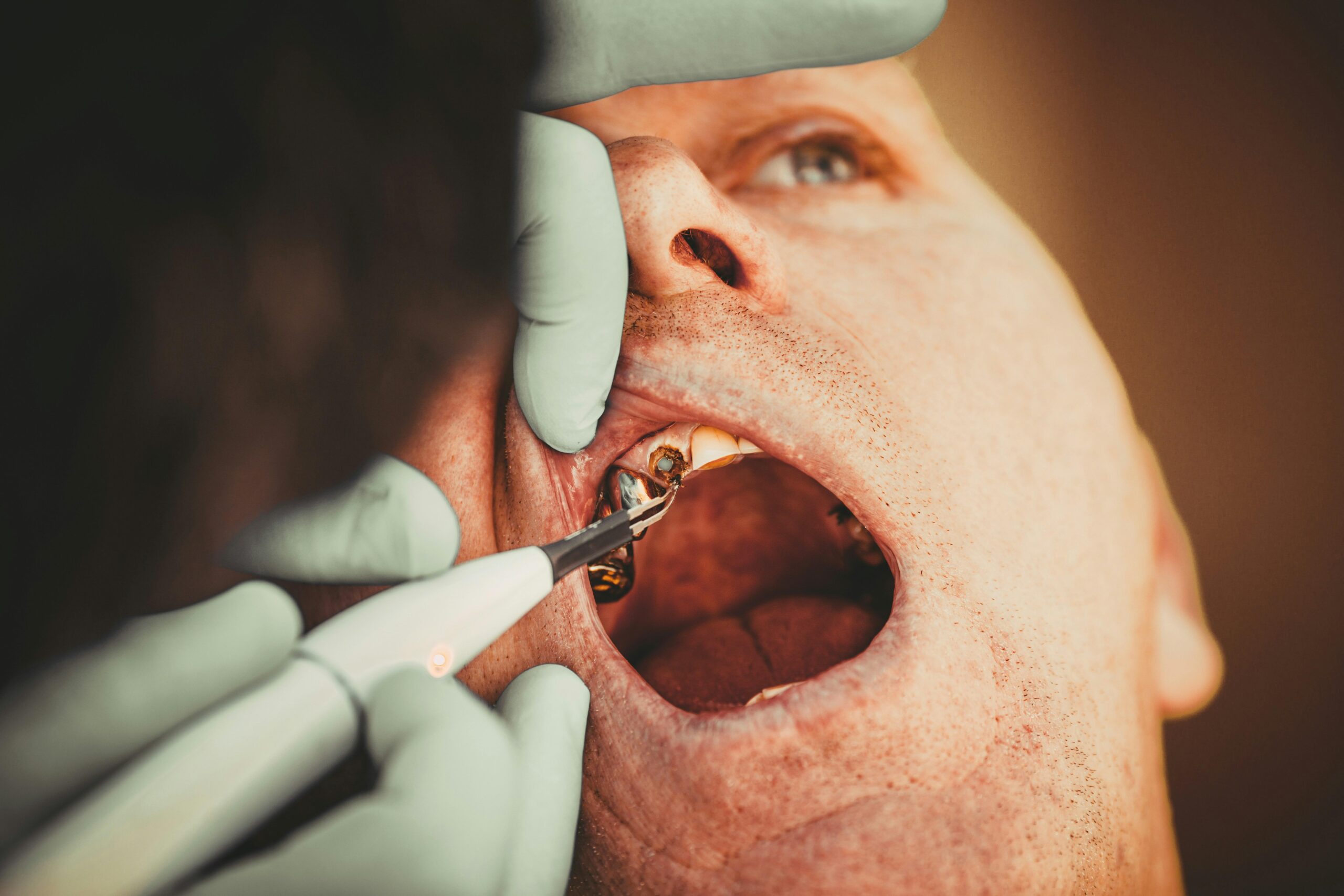When it comes to solving mysteries, our teeth might be one of the most overlooked clues right under our noses—literally! Forensic odontology, the fascinating science of using dental evidence to crack cases, has been quietly making waves in the world of crime-solving. From identifying unknown victims to matching bite marks left at crime scenes, these pearly whites hold secrets that can turn the tide of an investigation. Join me as we dive into the intriguing world of forensic odontology and uncover how teeth are helping detectives piece together puzzles one bite at a time.
Table of Contents
- Unlocking the Mystery Behind Bite Mark Analysis
- How Dental Records Become a Detective’s Best Friend
- The Crucial Role of Forensic Odontologists in Disaster Victim Identification
- Tips for Strengthening Your Case Using Forensic Dental Evidence
- Key Takeaways
Unlocking the Mystery Behind Bite Mark Analysis
When it comes to solving crimes, the small details often hold the biggest clues. Bite marks are one of those fascinating forensic elements that bring a unique edge to criminal investigations. Unlike fingerprints, bite marks can reveal not only the identity of the individual but also offer insights into the circumstances surrounding a crime. Dental patterns, such as tooth alignment, size, shape, and wear, leave a distinct signature that forensic odontologists meticulously analyze to connect suspects with the scene. This subtle but powerful evidence requires a combination of scientific precision and keen observational skills to decode the story hidden behind the teeth.
The process involves a detailed examination using cutting-edge technology alongside traditional methods. Experts create detailed impressions and compare them with dental records, often aided by digital mapping and photographic analysis. Key aspects include:
- Unique dental characteristics: Every individual’s bite is as distinct as a fingerprint.
- Injuries on victims or objects: Identifying human or animal bite marks and differentiating between them.
- Pattern analysis: Recognizing the shape, pressure points, and sequencing of teeth contact.
This meticulous process not only helps to place suspects at crime scenes but can also exonerate the innocent, proving invaluable in courtroom battles where every shred of evidence counts.
How Dental Records Become a Detective’s Best Friend
When a crime scene offers little more than skeletal remains or a charred body, dental records step into the spotlight as silent witnesses. Teeth, with their resilient enamel and unique patterns of fillings, crowns, and wear, provide a biological barcode that can unlock identities faster than fingerprints in certain situations. Forensic odontologists meticulously compare dental X-rays, charts, and dental history with those found in postmortem examinations, uncovering clues that link suspects to victims or identify unknown individuals with remarkable precision.
Beyond identification, these records often piece together the timeline of events. Subtle signs like recent dental work or trauma can speak volumes about the circumstances surrounding a death, while bite marks on victims or objects transform into key evidence in tracking the assailant. The power of dental records lies not only in their durability but also in their ability to reveal:
- Personalized dental patterns unique enough to differentiate individuals
- Historical treatment details that may indicate socioeconomic background
- Forensic comparison aiding in linking suspects to criminal acts
This wealth of information woven through these tiny structures turns teeth into unsung heroes, guiding detectives through the dark and tangled web of crime like a beacon of undeniable truth.
The Crucial Role of Forensic Odontologists in Disaster Victim Identification
When disaster strikes, chaos often shrouds the aftermath, making it seemingly impossible to untangle the identities hidden beneath the devastation. This is where forensic odontologists emerge as the unsung heroes. Armed with unparalleled expertise in dental science, they piece together the puzzle of human identity by analyzing teeth, dental restorations, and bite marks. Their work is crucial because teeth are among the most durable parts of the human body, often surviving extreme conditions like fires, floods, or explosions that obliterate other means of identification.
Forensic odontologists utilize a variety of meticulous techniques, including:
- Comparing post-mortem dental records with existing dental charts
- Analyzing unique dental work such as fillings, crowns, and implants
- Interpreting bite mark evidence to link suspects or victims
- Using advanced imaging and 3D scanning to reconstruct dental profiles
Their commitment transforms chaos into clarity, providing grieving families with answers and aiding legal investigations that hinge on accurate victim identification. In many cases, forensic odontologists don’t just crack cases—they restore dignity to those lost in the shadows of disaster.
Tips for Strengthening Your Case Using Forensic Dental Evidence
Unlocking the full potential of forensic dental evidence requires meticulous attention to detail and a strategic approach. First, ensure all dental records are collected promptly and preserved in their original state. The slightest alterations or delays can compromise their reliability. Collaborate with dental experts who specialize in forensic odontology; their keen eye can distinguish unique dental patterns and anomalies that often serve as the key to identification. Always request high-resolution X-rays or 3D scans when available, as these provide a richer dataset for comparison and analysis.
When building your argument, consider integrating the following strategies to maximize the impact of dental evidence:
- Cross-reference dental data with other forensic findings, like DNA or bite mark evidence, to reinforce your case’s credibility.
- Use visual aids and expert testimonies to make complex dental information accessible and persuasive to judges and juries.
- Document and present dental uniqueness, such as rare restorations or distinctive wear patterns, that unequivocally link evidence to a subject.
Key Takeaways
As we bite into the fascinating world of forensic odontology, it’s clear that teeth are much more than just tools for chewing—they’re silent storytellers, holding clues that can crack even the toughest cases. Whether it’s identifying unknown victims or uncovering hidden truths, the science behind those pearly whites continues to intrigue and inspire investigators worldwide. Next time you flash a smile, remember: your teeth might just be the key to solving a mystery. Stay curious, and keep wondering what secrets lie beneath the surface!












